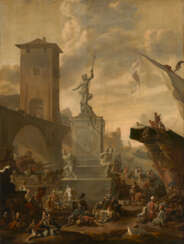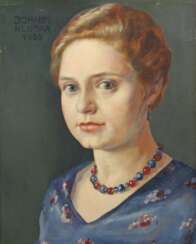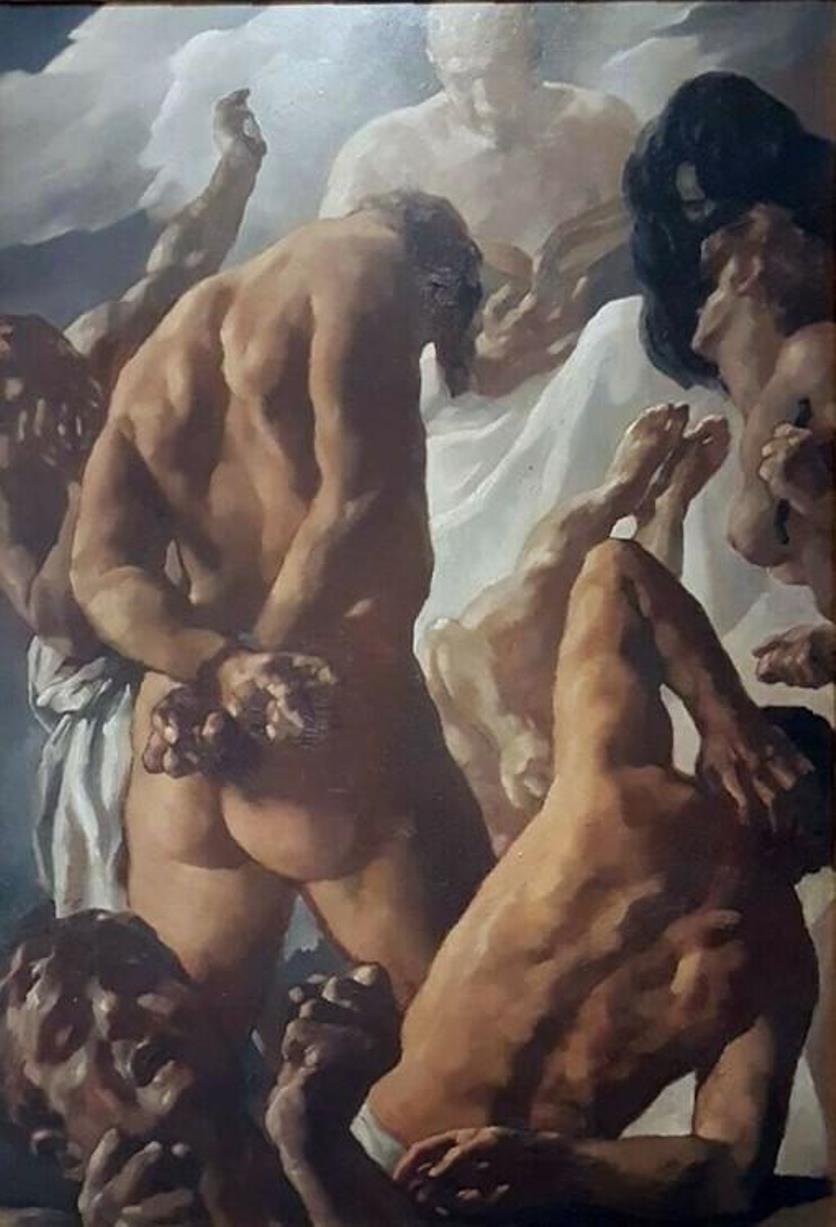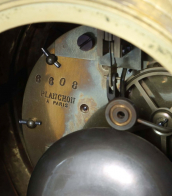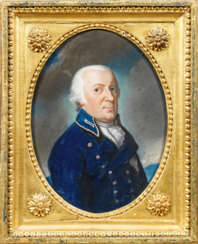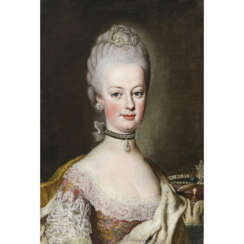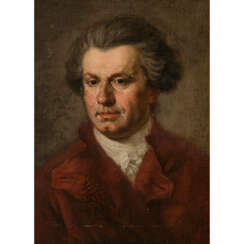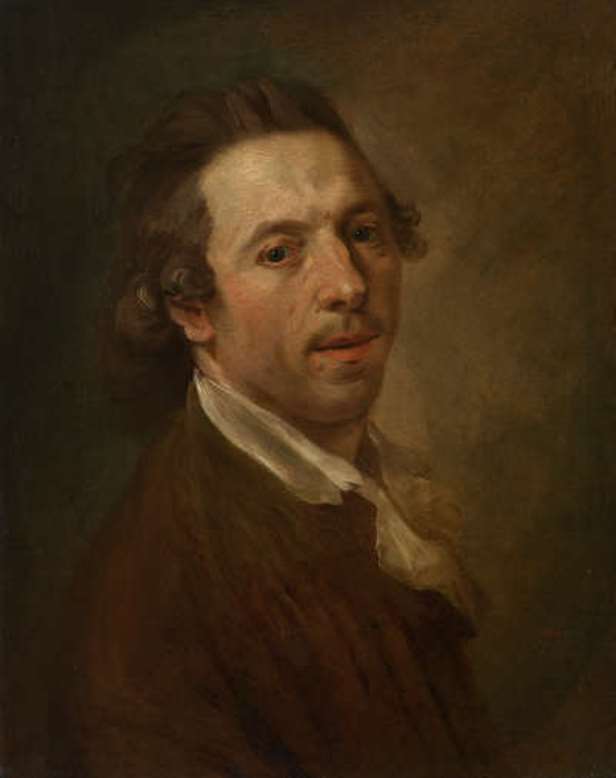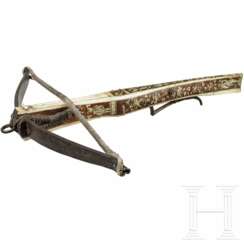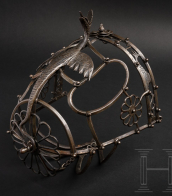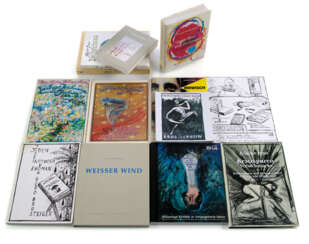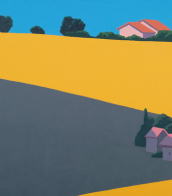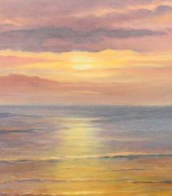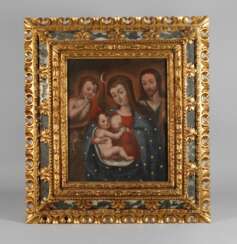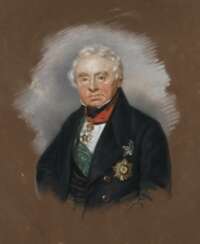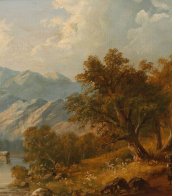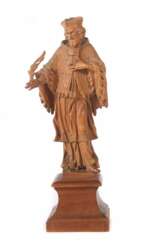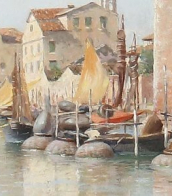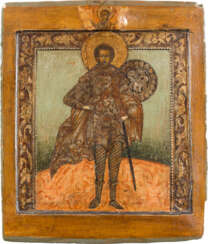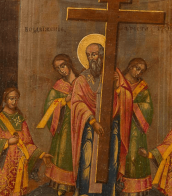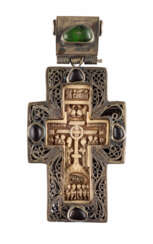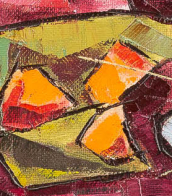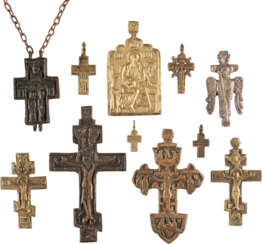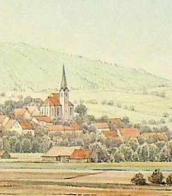johannes brus
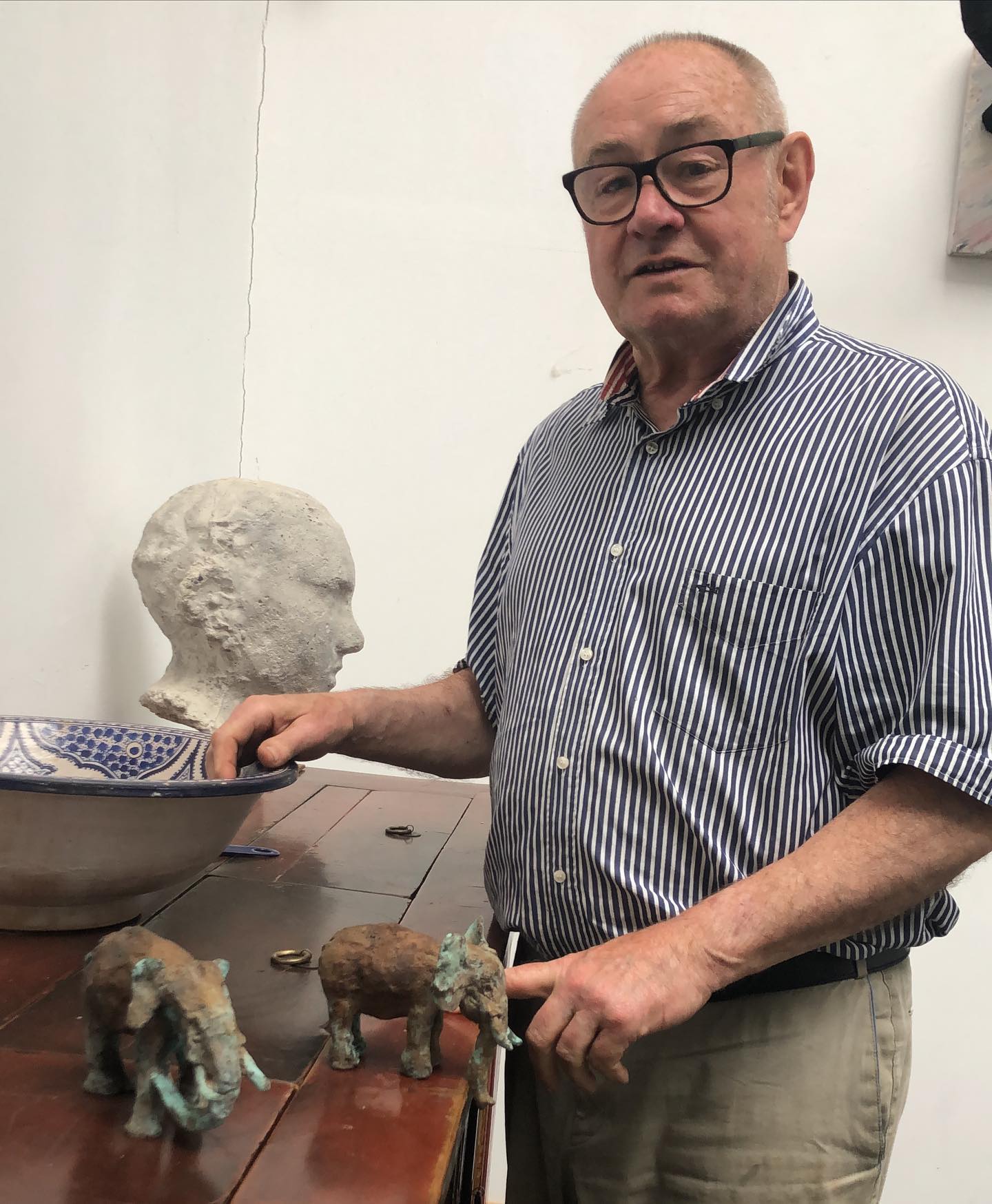
Johannes Brus is a German artist. He lives in Essen.
Brus works mainly as a sculptor and as a photographer. He experiments with different techniques with which he breaks the conventions of the respective genre. Many of his works are characterised by an idiosyncratic humour. Brus addresses aspects of cultural memory and the functions of images.
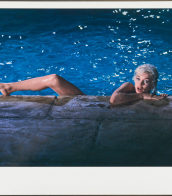

Johannes Brus is a German artist. He lives in Essen.
Brus works mainly as a sculptor and as a photographer. He experiments with different techniques with which he breaks the conventions of the respective genre. Many of his works are characterised by an idiosyncratic humour. Brus addresses aspects of cultural memory and the functions of images.
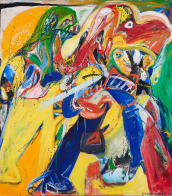
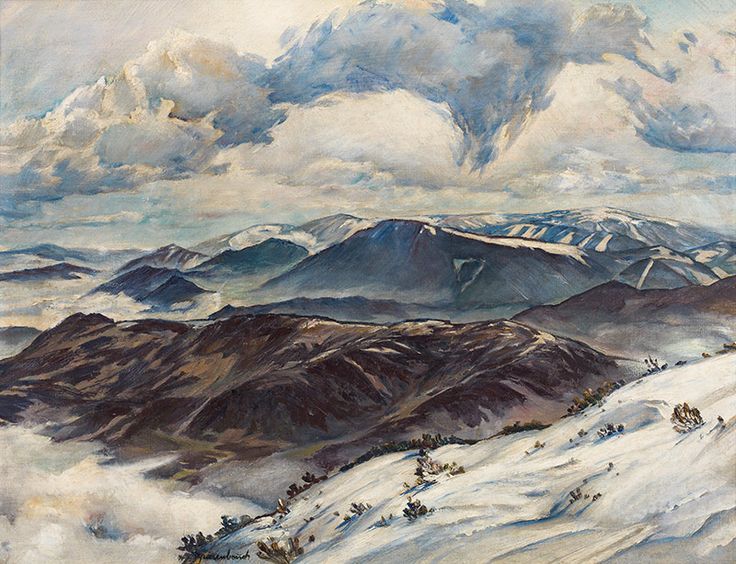
Arthur Brusenbauch was an Austrian painter. Arthur Brusenbauch learned from Johann Kautsky and then worked as a stage decorator himself. He studied in Vienna at the Staatsgewerbeschule and the Academy of Fine Arts, interrupted by military service and imprisonment. In 1920 he became a member of the Vienna Secession, and in 1939 he moved to the Künstlerhaus. In 1928 he had represented Austria in the art competitions of the 1928 Olympic Games. From 1937 to 1941 he participated in all major German art exhibitions in Munich with seven oil paintings. There, in 1939, Hitler acquired the picture of Melk an der Donau in festive decorations. Brusenbauch, who is attributed to late impressionism, dealt with fresco painting and graphics.
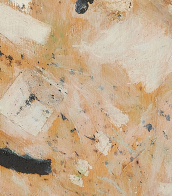
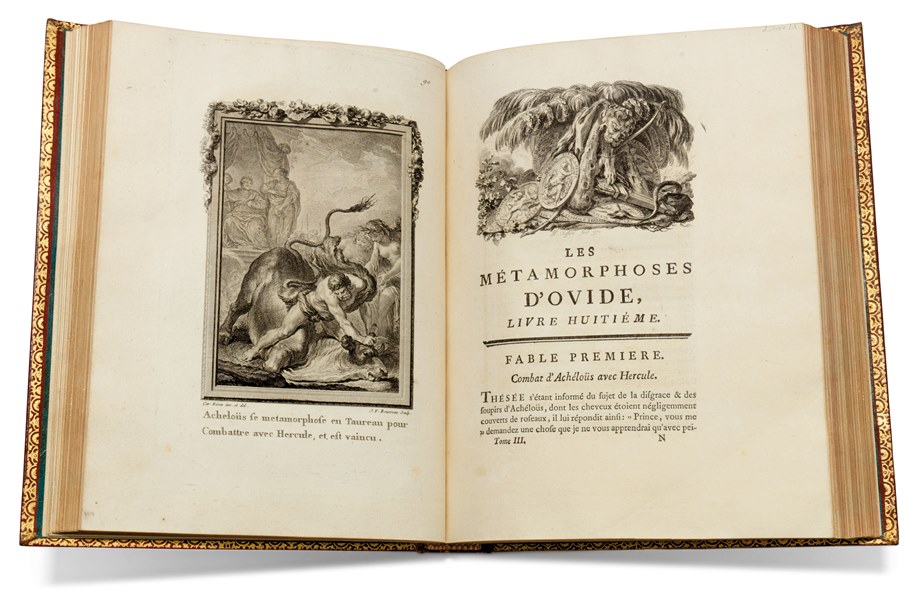
Johannes Busch was a major Dutch clergyman and reformed theologian.
As a monastic reformer and chronicler, the Augustinian canon of Windesheim, Johannes Busch is one of the most prominent figures of the Devotio moderna ("New Piety") movement in Catholicism. With his historiographical works Chronicle of the Monastery of Windesheim and Liber de reformatione monasteriorum he shaped the association of the Windesheim monastery and the late medieval observance movement.

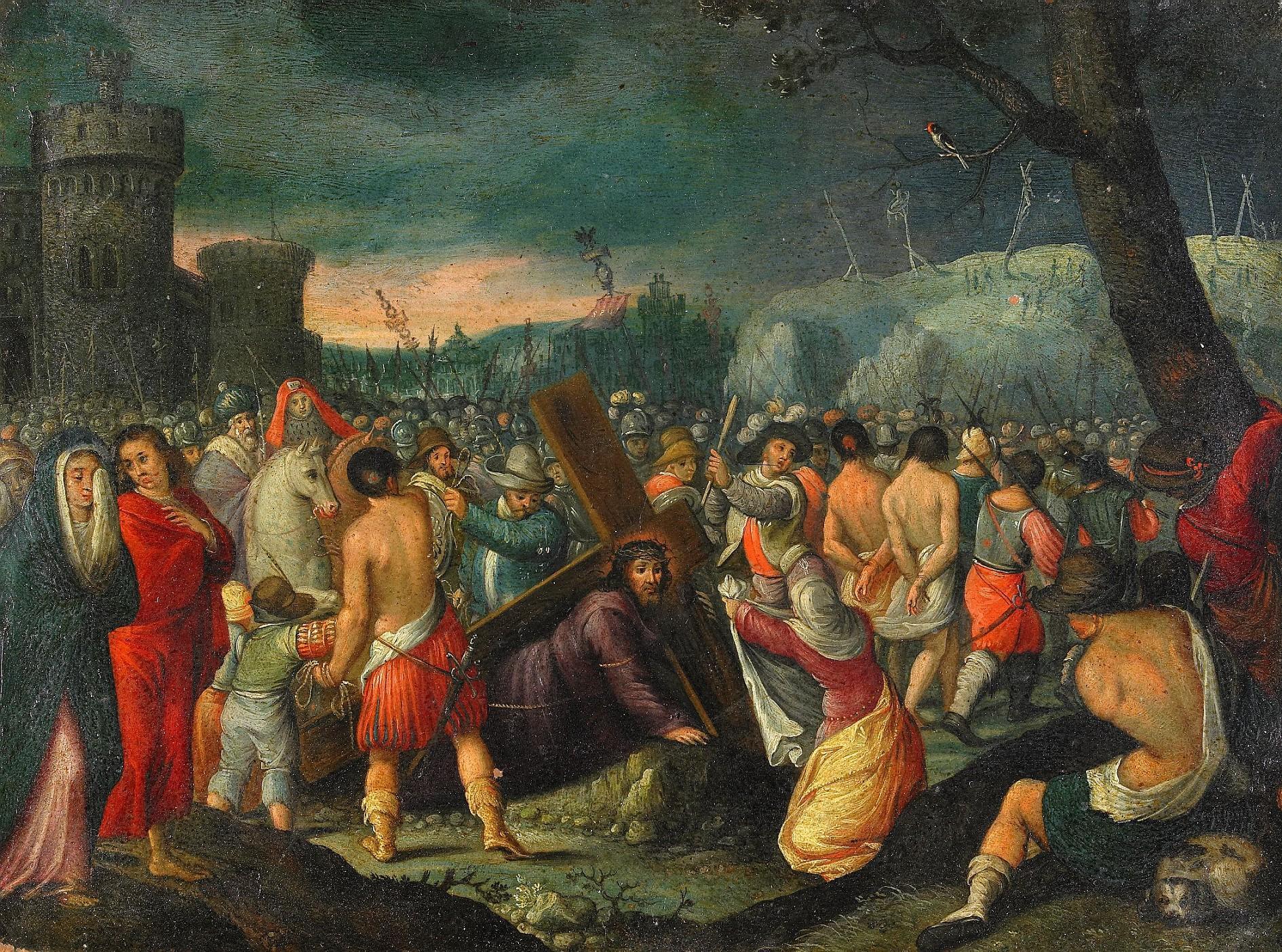
Johann König was a German painter. The son of a Nuremberg goldsmith, König was a follower of Adam Elsheimer. He is known today primarily because of his very finely painted copper panels.

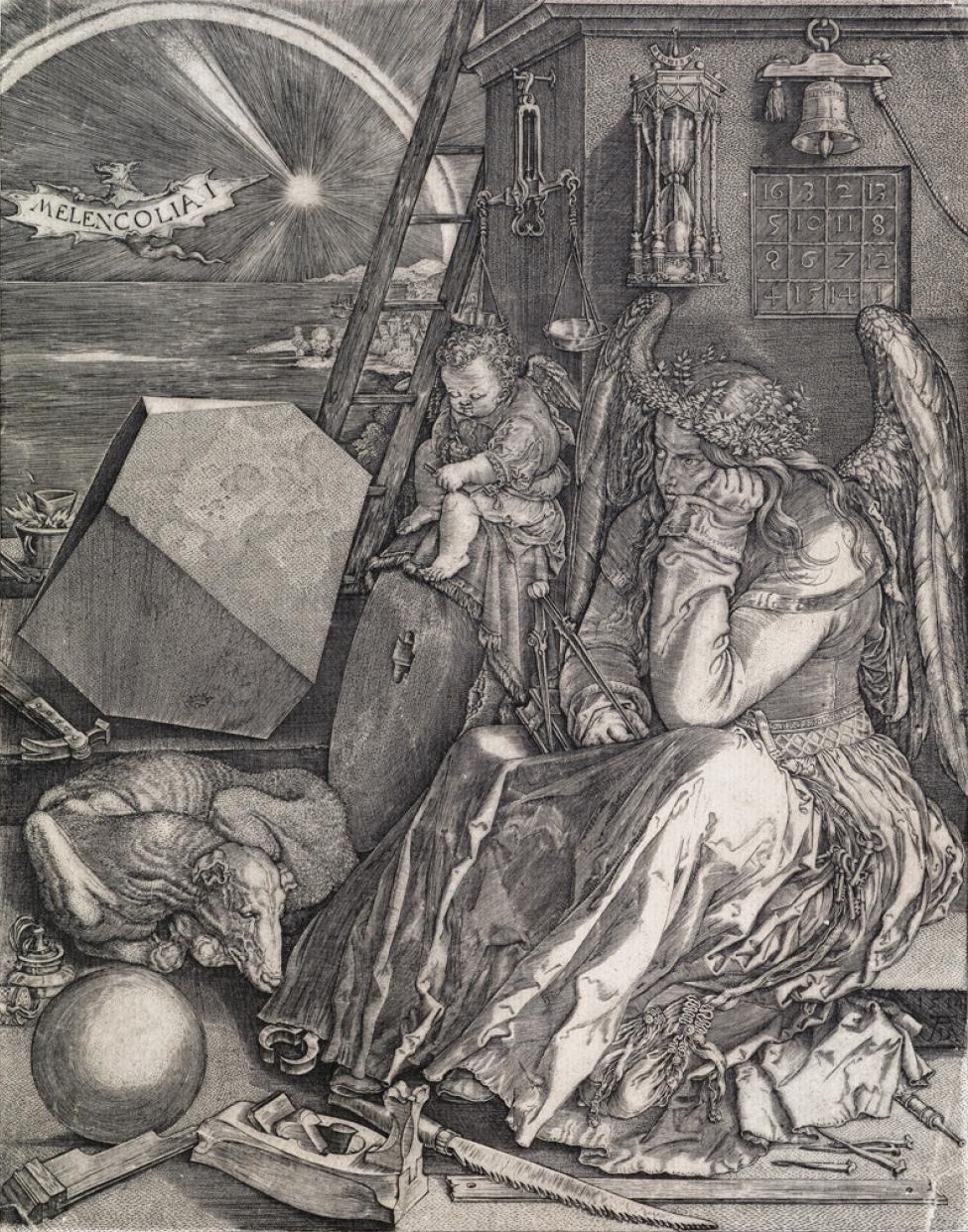
Johannes (Jan) Wierix was a Flemish engraver, draughtsman, and publisher. He was a very accomplished engraver who made prints after his own designs as well as designs by local and foreign artists.
Together with other members of the Wierix family of engravers he played an important role in spreading appreciation for Netherlandish art abroad as well as in creating art that supported the Catholic cause in the Southern Netherlands. Johannes Wierix is also known for his miniature pen drawings.
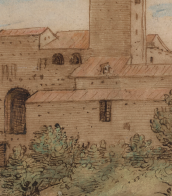
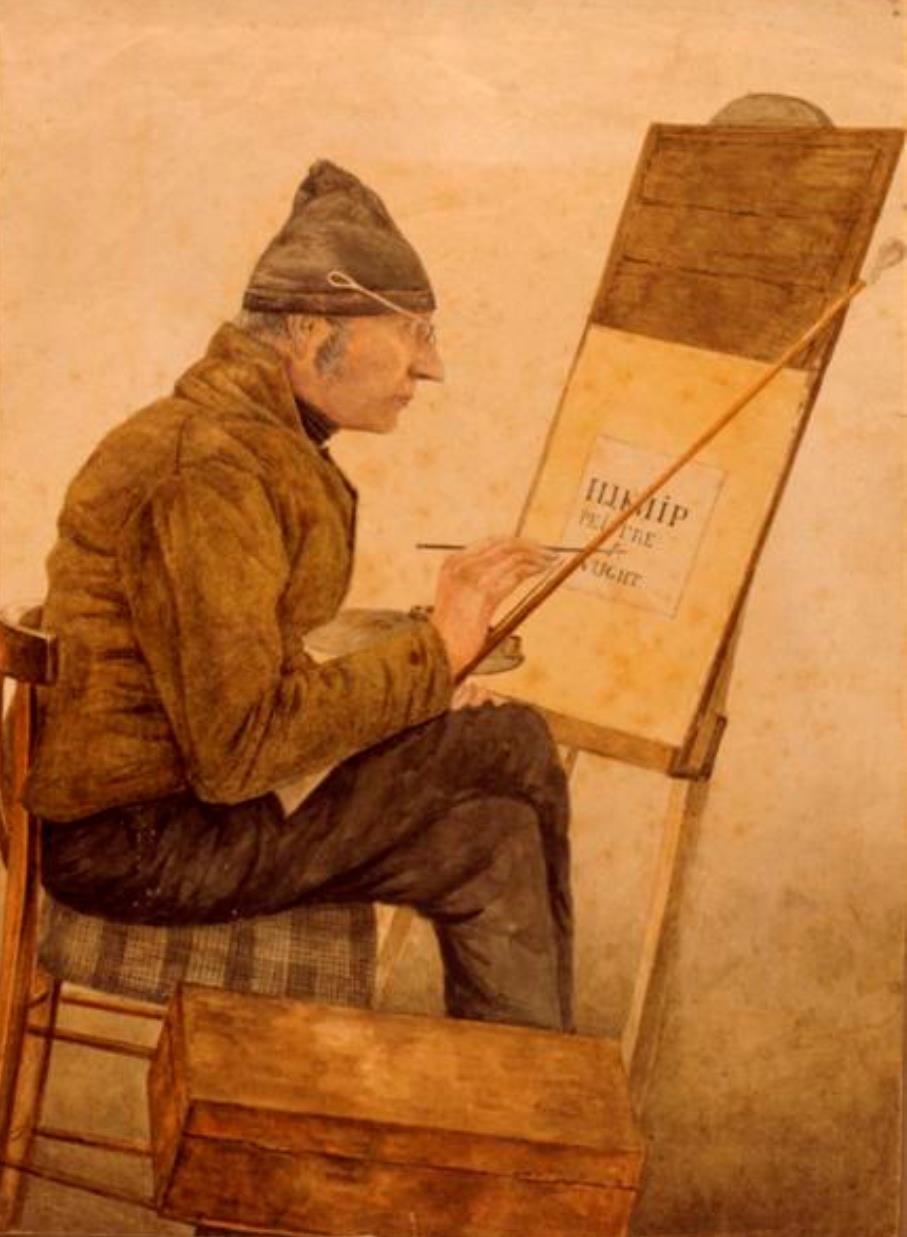
Hendrikus Johannes Knip or Henri Knip was a Dutch and Belgian landscape painter in the style of Dutch Romanticism and a draftsman.
A member of the Knip artistic dynasty: his father was the painter Matthäus Derk Knip (1785-1845), his grandfather was the painter Nicolaas Frederik Knip, and his uncles and aunts were also painters.
Hendrikus Knip worked in the Netherlands, Belgium, Italy and Switzerland.
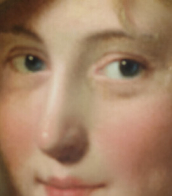

Johannes Busch was a major Dutch clergyman and reformed theologian.
As a monastic reformer and chronicler, the Augustinian canon of Windesheim, Johannes Busch is one of the most prominent figures of the Devotio moderna ("New Piety") movement in Catholicism. With his historiographical works Chronicle of the Monastery of Windesheim and Liber de reformatione monasteriorum he shaped the association of the Windesheim monastery and the late medieval observance movement.

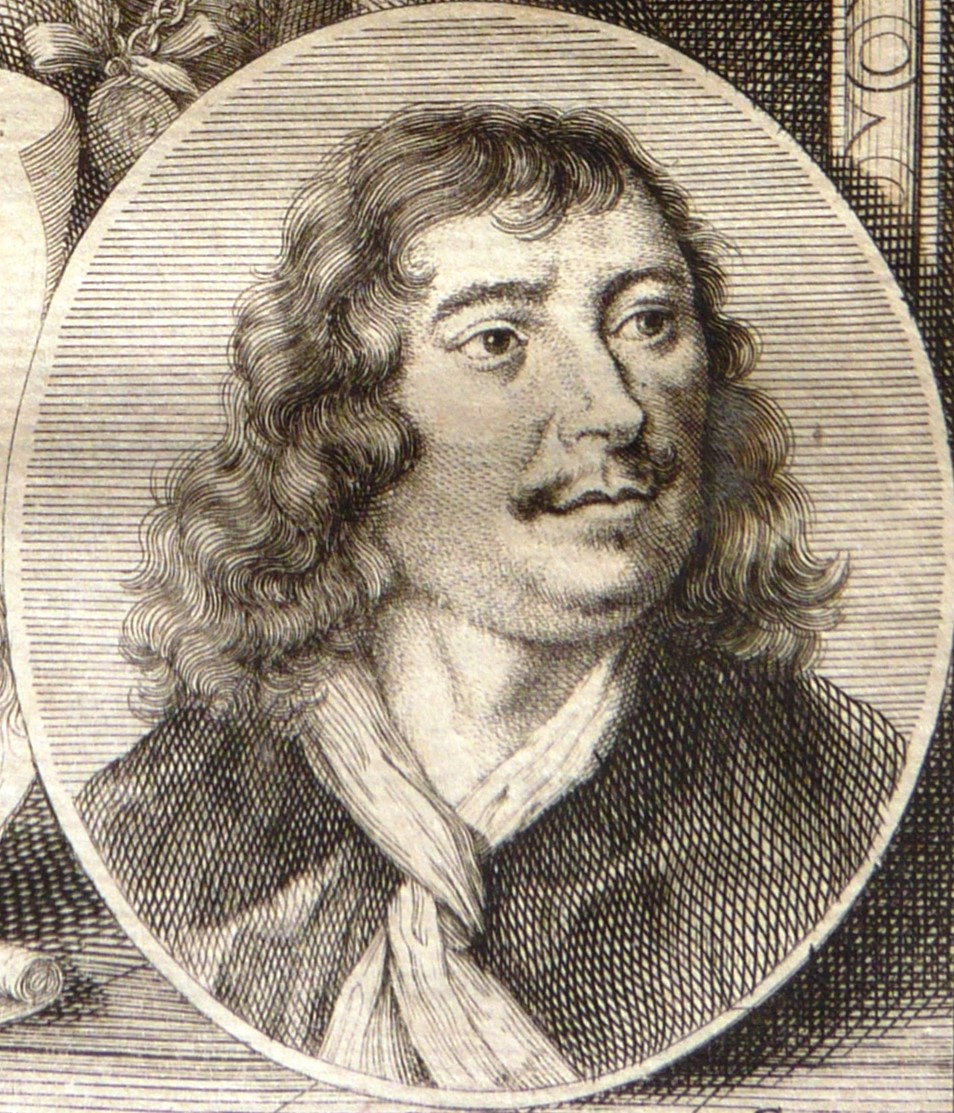
Johann(es) Lingelbach was a Dutch Golden Age artist who worked in the bamboochade genre.
He first studied painting in Holland, from 1642 in Paris and from 1644 in Rome. The influence of Philippe Vovermann is noticeable in Johannes works. He is known for his numerous landscapes and war scenes, in which the influence of Italian painting is perceptible. He worked for other painters as well, painting their canvases with different details, backgrounds and animals.

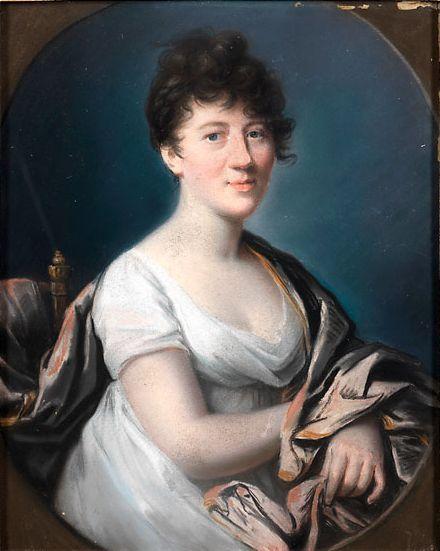
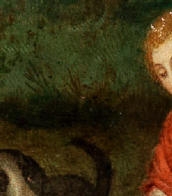
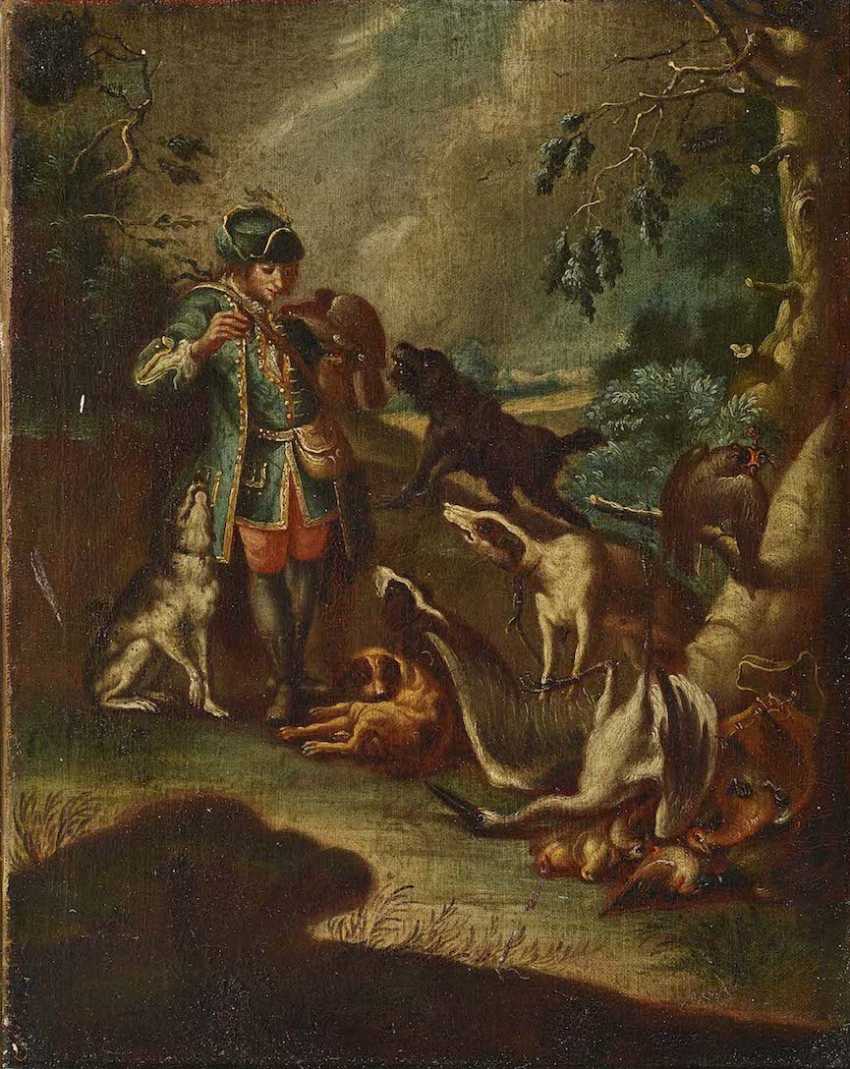
Johann Elias Ridinger was a German painter, engraver, draughtsman and publisher. He is considered one of the most famous German engravers of animals, particularly horses, hounds and hunting scenes.
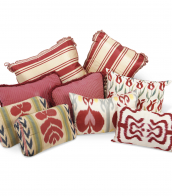

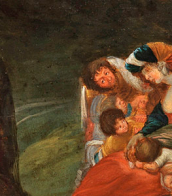
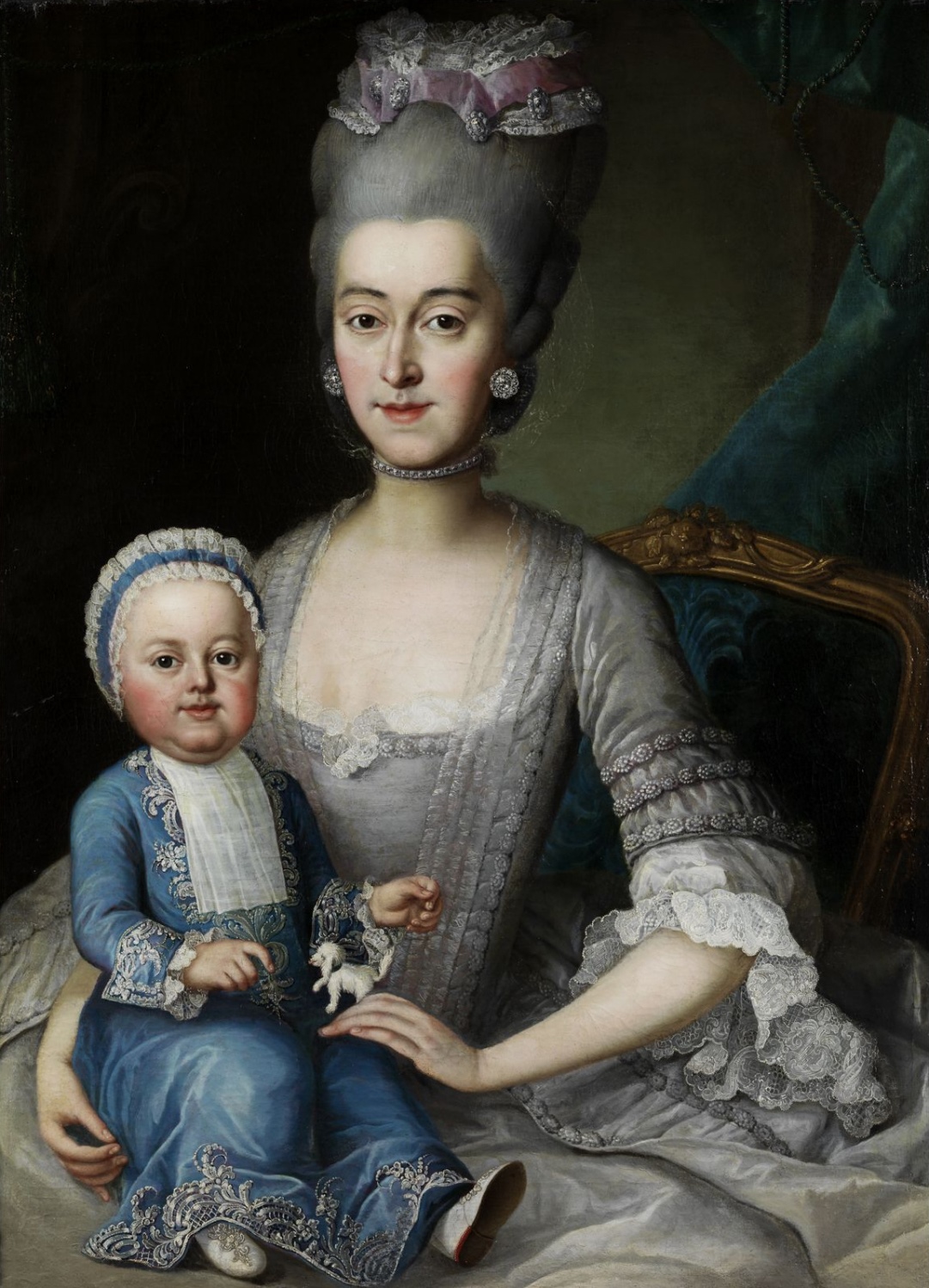



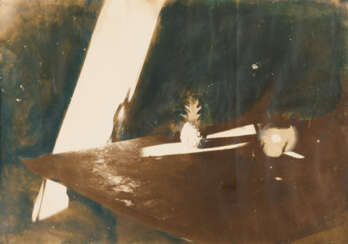



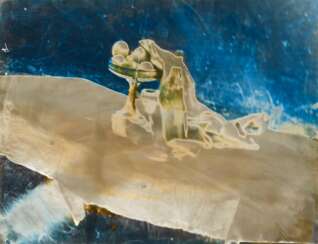


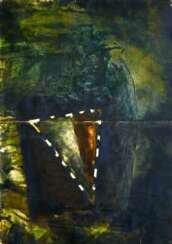

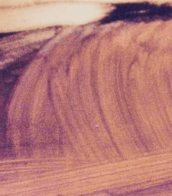
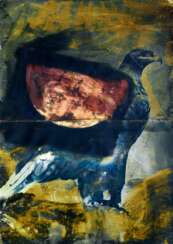

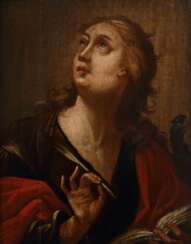

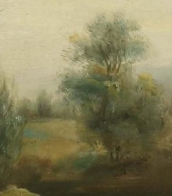




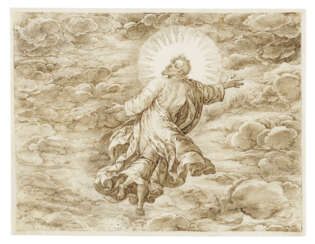

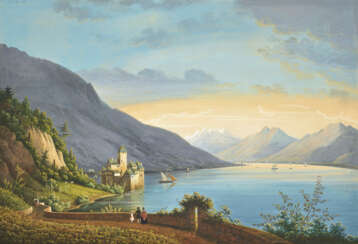

![[BUSCH, Johannes (1399/1400-after 1475)]](/assets/image/picture_2944660/8eb08/3af5961a08f66311d195db6df32ee3231689112800jpg__fix_374_244.jpeg)
![[BUSCH, Johannes (1399/1400-after 1475)]](https://veryimportantlot.com/assets/image/picture_2944660/8eb08/3af5961a08f66311d195db6df32ee3231689112800jpg__fix_374_244.jpeg)
